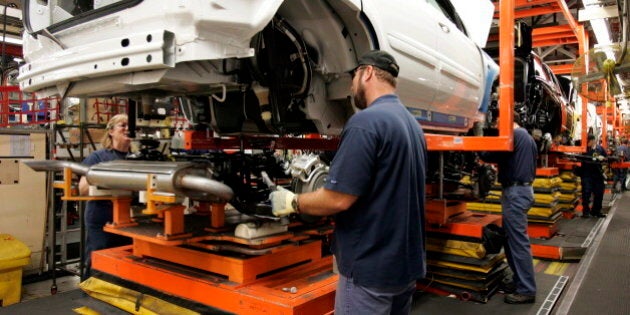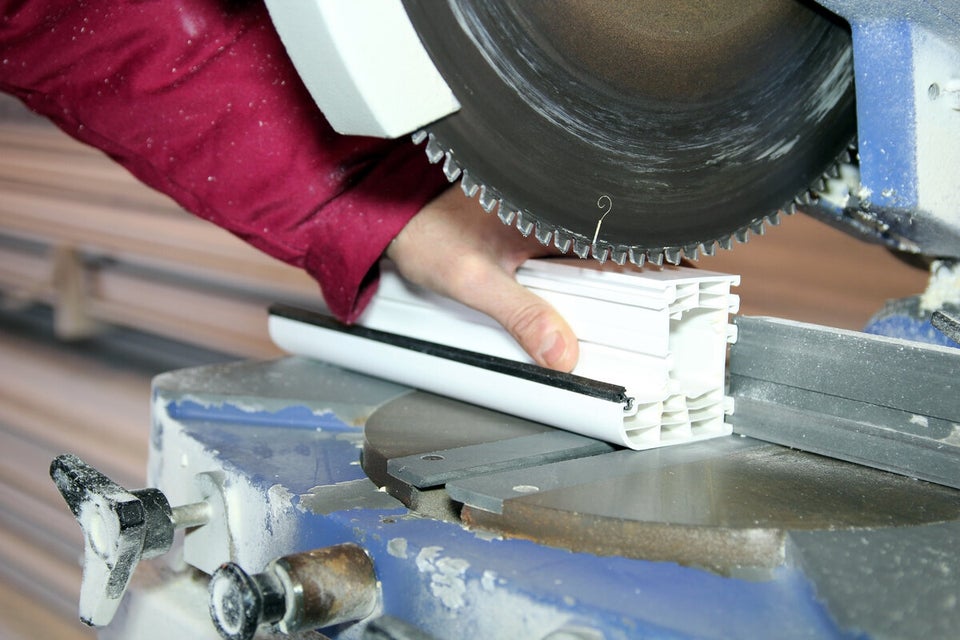
Canadian domestic car sales are on track to hit a record high this year. The U.S. auto market has recovered to pre-crisis levels and overall car production in North America is up four per cent in 2013.
So it's sunny skies for Canadian auto manufacturers, right? Wrong.
Despite the industry's global rebound, vehicle production in Canada is down nine per cent so far this year.
“In 2005 Canada produced over one million more vehicles than Mexico. That’s swung to a near 700,000 advantage for Mexico over the past year,” BMO economist Benjamin Reitzes wrote in a client note.
But that isn’t the worst of it. Industry consultant Joe McCabe says the country can expect a 28-per-cent collapse in car production.
McCabe, president of consulting firm AutomotiveCompass, predicts car production will slide to 1.8 million vehicles annually by the end of the decade, from just under 2.5 million today.
By comparison, Mexico’s auto industry is expected to grow by 48 per cent during the same period.
“Michigan, the southern U.S. and Mexico are winning at the expense of Canada,” McCabe told an auto parts conference in Mississauga last week, as quoted at the Globe and Mail.
McCabe singles out Canada’s high-flying dollar as the source of the problem.
“A lot of the manufacturing in Canada has shared manufacturing in other places in NAFTA. As the exchange rate punishes labour costs in Canada … it’s more cost feasible for some manufactures to move their operations to build the same exact vehicle on the same exact platform in a less costly area,” he told CBC News.
Story continues below slideshow
That reasoning could prove controversial in today’s political climate.
When NDP Leader Tom Mulcair and then-Ontario Premier Dalton McGuinty suggested last year that a high Canadian dollar, fueled by Canada’s oil exports, was hurting central Canadian manufacturing, they both came in for severe criticism from Western Canadian political leaders. They see a threat to their economy from the “Dutch Disease” argument: The idea that energy exports are killing manufacturing.
But there’s no denying that the loonie is above its long-term norms and that the resulting increase in the cost of Canadian labour on the global market is hurting manufacturing exports.
In an article last week, the Globe and Mail noted that more than half of U.S. executives at manufacturers with sales of at least $1 billion annually expect to bring home factory jobs from overseas.
That phenomenon isn’t happening in Canada. Canada’s share of global trade has fallen by nearly half, the Wall Street Journal reported this summer, to 2.5 per cent today from 4.5 per cent in 2000.
Some of that has to do with the rise of Asia -- the booming Chinese and (until recently) Indian economies have made Canada’s economy a relatively smaller part of global trade.
But some of that has to do with Canada’s manufacturing sector becoming uncompetitive in the global economy: Since 2000, labour costs in Canada have increased by 75 per cent compared to the U.S.
But McCabe says Canada’s auto parts manufacturers still have a shot: They need to become strategic about where future growth will be, and aim for those markets.
“It’s the responsibility of the suppliers to [find out] how they can position themselves to follow the business even though their whole [national] market may be reducing in size,” McCabe said, as quoted at Canadian Manufacturing.
“The global competitive landscape does not have borders.”
